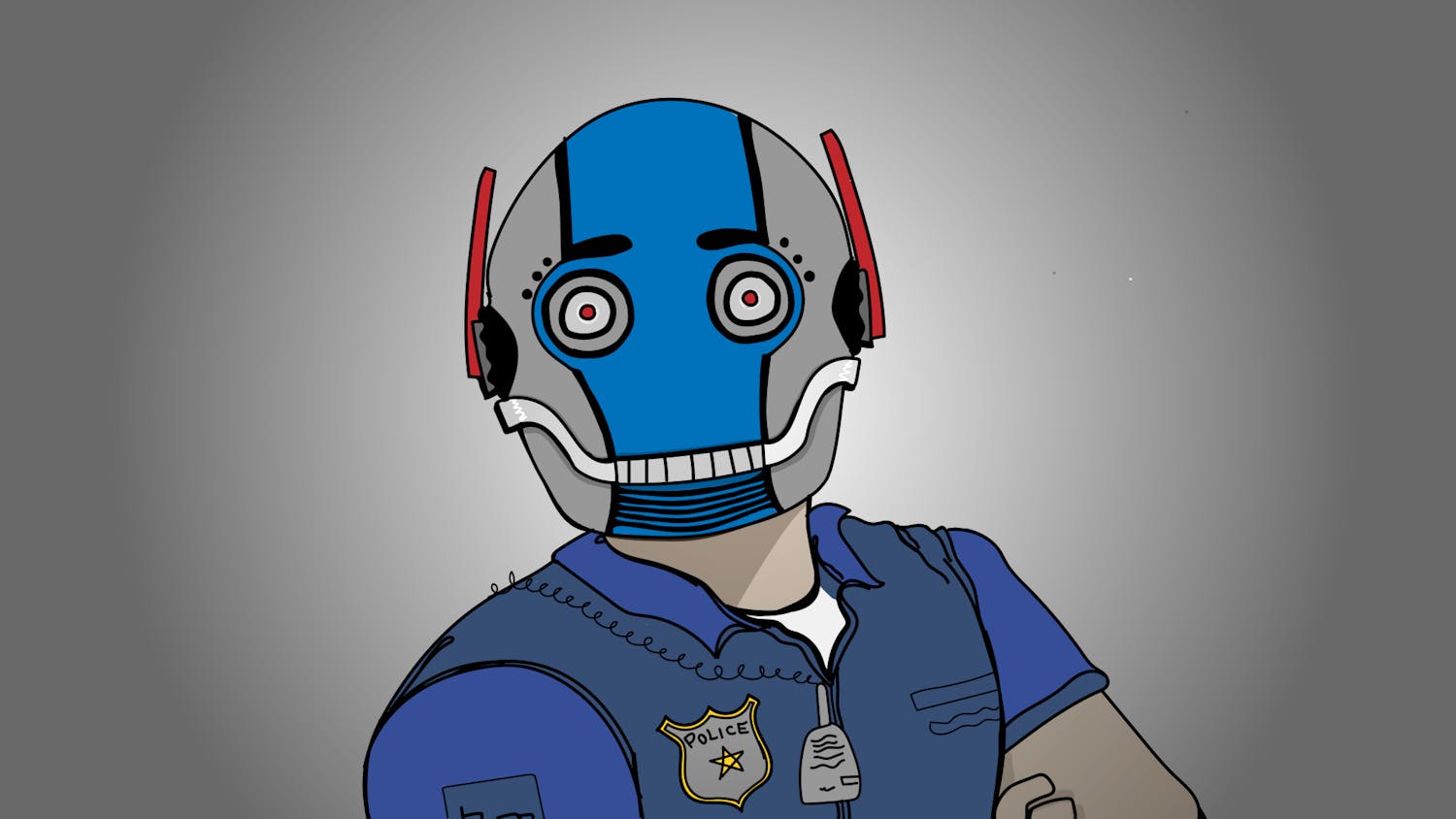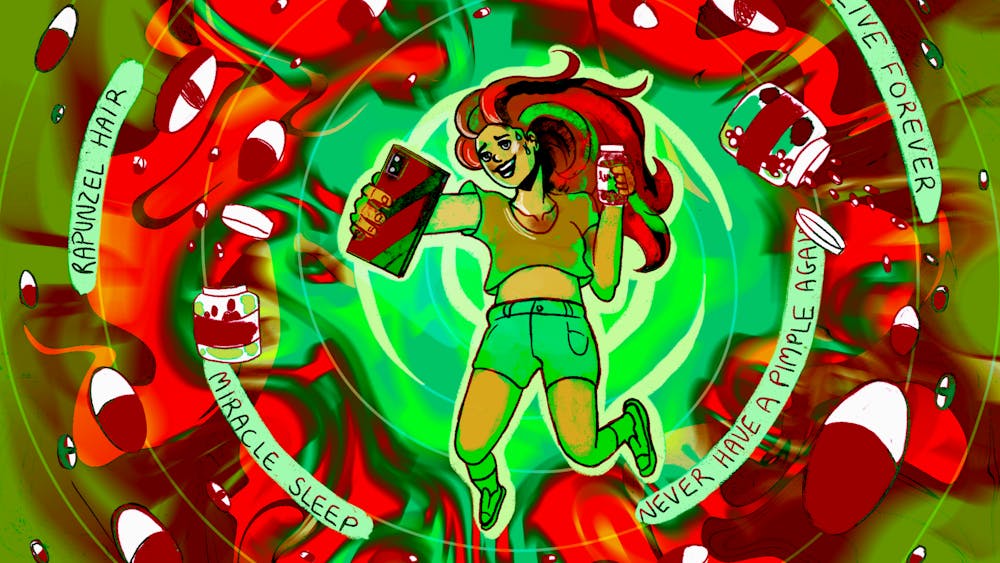To all avid readers of Playboy: Do not adjust your contact lenses. Those curvaceous beauties you're seeing on Heff's October newsletter are what they appear to be -- computer-generated video game characters in the buff.\nThere's BloodRayne, "Majesco's" vamp goddess, completely unpixilated in all her topless glory. And there's Mileena, that "Mortal Kombat" babe with a new finishing move -- taking it off. Then there's "Tekken's" Nina, who after kicking ass found time to "pose" seductively for the spread, but not nude. It seems even artificial intelligence is not without discretion.\nWoefully lacking on Playboy's print is "Tomb Raider's" Lara Croft, who perhaps was too encumbered by her busy film schedule to find time to strip.\nThe virtual spread is not as outrageous as it may first seem. Before Playboy, as many World War II vets know, the pages of Esquire magazine were rife with artistic nipplage, as painted images of buxom (and nude) models constituted the country's earliest mainstream centerfolds. These images, created by Alberto Vargas, were known as "Varga girls," and later as "Vargas girls." So it should be no surprise that artist renderings of beautiful women have made their way back on the bunny pages, abreast with photos of the girl next door.\nBut what makes the video game vixens any less real than what we see every other week in Playboy? Playboy's "real" models must go through three stages of Barbiezation before they reach newsstands: cosmetic surgery, misleading lighting and the infamous (read: Thank God for the) airbrush. By the time we see Jezebel McCoy sitting naked in the kitchen (why?) covering her naughty parts with a dish (WHY?) what we're really seeing is the idealization of a woman. I submit that a stark BloodRayne is more real than your everyday Playboy spread because there is no pretense of reality. We know what we're seeing is a conjured image representing the perfect woman.\nPerhaps the most disturbing aspect of the spread lies in Playboy's readership. According to PBS's "Frontline," 25.5 percent of the magazine's readers are ages 18 to 24.\nDoes this mean that the average gamer falls in this vital group? Video games used to be for kids. Now they have taken over the lives of half the male students at IU. \nVideo games can be a great recreational tool. And if you spend hours a day playing video games, you are not alone, especially on this campus. But if you find yourself scheduling classes around your "Halo" tournaments, it's probably time to make like Mary J. Blige and slow down. If you're like hundreds of IU students, you could have finished your first novel in the time you've spent playing "Madden" over the last two years. And what do you have to show for it? A loaded memory card.\nEnd of digression; back to undressin'.\nThe cyber-chick spread addresses the emerging theme in our society of real fiction. Playboy used to hound female athletes, actresses and Washington interns to come on down and ice up. But this spread had "talent scouts" hitting up video game publishers for permission to run nudie pix of their best-selling sheros. How long will it be before IU's informatics students are lording over the pornography industry? No matter how beautiful a "real" woman is, she can always be enhanced by a programmer. With the increasing standards of video game graphics, the future could bring computer-generated images that are more real than reality, whatever that is.\nPerhaps the ultimate battle between Man and Machine will be waged in Silicon Valley.
Silicon Valley
Get stories like this in your inbox
Subscribe





